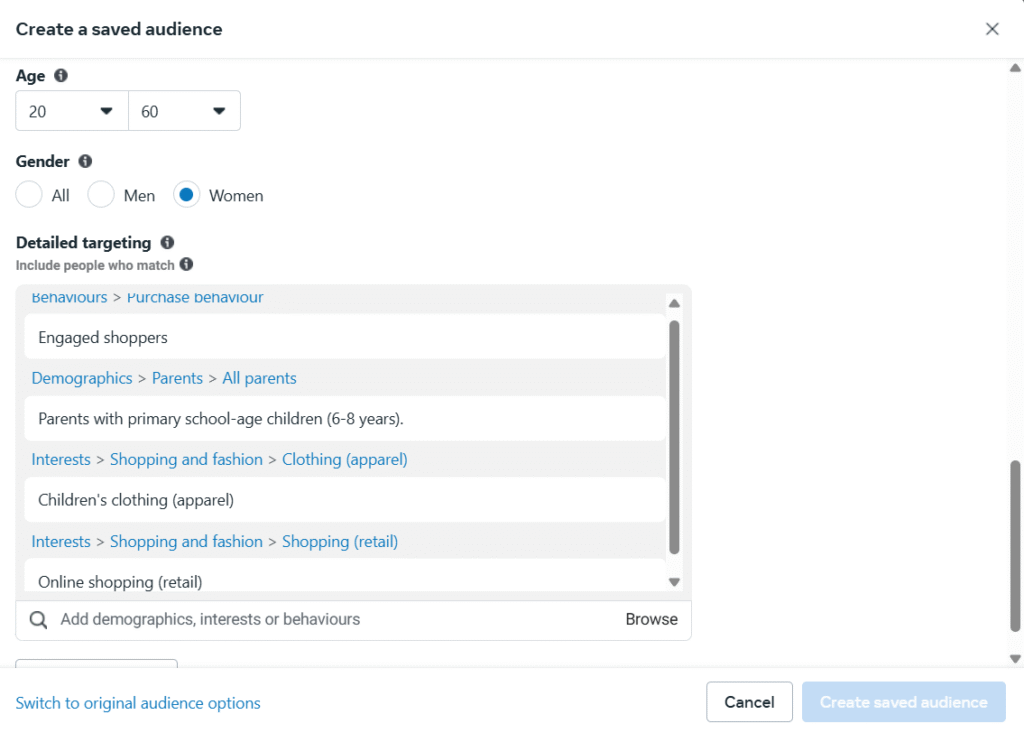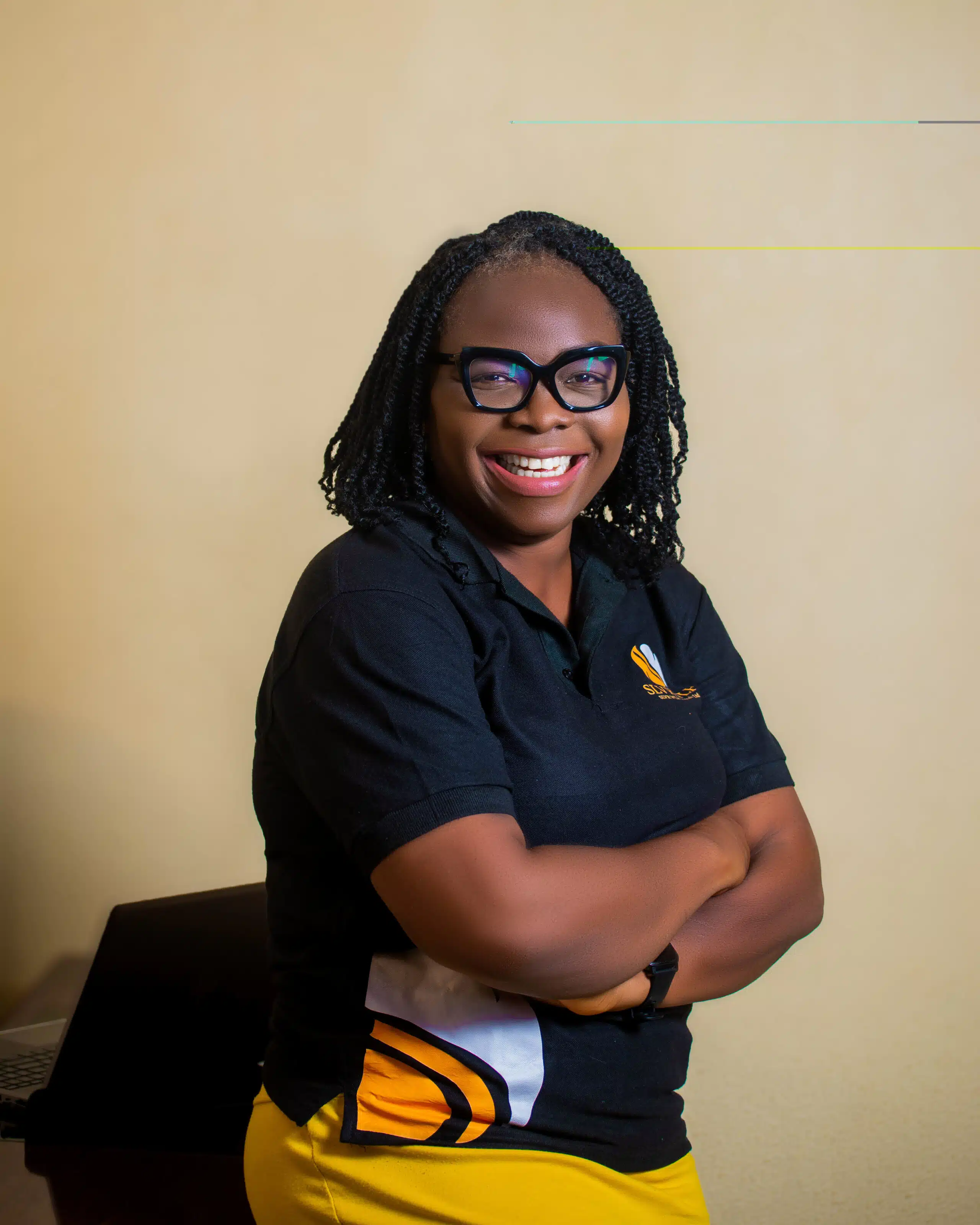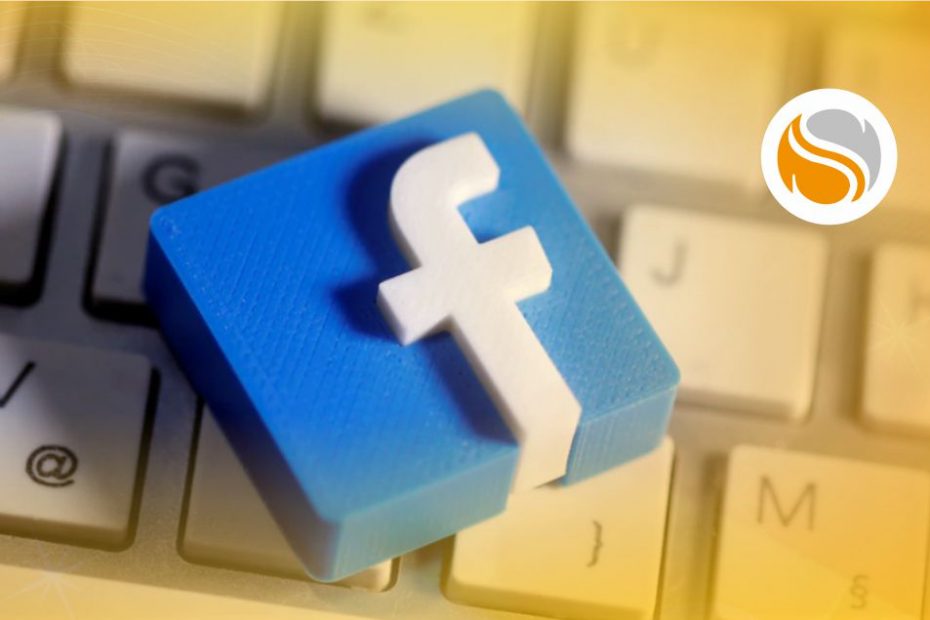Struggling to get results from your Facebook or Meta ads? It’s rarely just the budget – it’s often about who you’re targeting. If you’re wondering how to target the right audience on Facebook that will actually convert, this updated guide is for you.
Whether you’re a Nigerian startup, a growing business, or a brand trying to scale with confidence, the difference between a winning ad and a wasted one often comes down to audience targeting.
Why Targeting the Right Audience Matters
Facebook (now Meta) has evolved and so has its ad ecosystem. While organic reach continues to decline, Meta Ads remain one of the most powerful tools for reaching high-intent customers. But only if your targeting is sharp.
being able to target the right audience on Facebook will:
- Lowers your cost per result (CPR)
- Increases your conversion rate
- Filters out unqualified traffic
- Helps you speak directly to people who care
How to Target the Right Audience on Facebook: 5 Key Steps
From our experience at Slvr Wlf, campaigns with tight audience targeting and contextual content consistently outperform those with larger but vague targeting. You don’t need more eyeballs, you need the right ones. Here are 5 key steps to help you target the right audience on Facebook.
Step 1: Define Your Audience Persona
Before you touch Ads Manager, take the time to create a clear persona. This isn’t guesswork. It should be rooted in:
- Past buyers or leads
- Analytics (website, social, CRM)
- Audience insights
✅ Persona Tips:
- Age, gender, job role, location
- Pain points, goals, decision-making behaviour
- Online habits (platforms they use, content they engage with)
🔄 Read: How to Find Your Ideal Customer and Boost Your Business Growth
➡️ A client we worked with had a social media audience concentrated in a different region from her business location. Her service depended on local walk-ins, so no one in her audience could buy from her. By retargeting and geotargeting her ads to people within a 5km radius of her location, she began to attract paying customers almost immediately.
Step 2: Choose the Right Facebook Audience Type
Facebook offers three powerful audience types inside Meta Ads Manager:
1. Saved Audience
Built based on:
- Demographics: age, gender, education, relationship status
- Interests: pages liked, hobbies, causes followed
- Behaviours: mobile usage, buying patterns
- Geography: country, city, postal code
✅ Use this when:
- You’re just starting out
- You want cold audience discovery
- You want to test different market segments
Pro Tip: Layer interest + behaviour + exclusions. The more intentional your parameters, the more qualified your reach.
➡️ For a client targeting parents of children aged 0–14, we built a Saved Audience that included:
- Demographics: Parents of children aged 6–8
- Interests: Children’s clothing, online shopping
- Behaviour: Engaged Shoppers


This resulted in a high-performing ad campaign that converted 1 in 4 conversations into buyers, with a daily ad budget under ₦4,000.
2. Custom Audience
Built from people who’ve already interacted with your brand:
- Website visitors (using the Meta Pixel)
- Video watchers
- Lead form openers
- People who messaged your page
- Email list uploads (manual or synced)
✅ Use this for:
- Retargeting warm leads
- Nurturing people who didn’t convert
- Promoting time-sensitive offers or webinars
Pro Tip: Custom Audiences are where most Nigerian businesses fall short. Don’t just collect leads, remarket to them.
➡️ For our March webinar, we retargeted website visitors and Facebook page engagers. This resulted in 120 solid conversations in one week, with 70 of those being qualified leads. We achieved this using a CBO of ₦50,000 in just two weeks.
3. Lookalike Audience
Tell Facebook: “Go find me more people who behave like this.”
- Based on existing custom audiences or your pixel data
- You choose how close (1% most similar) or broad (up to 10%)
- Works best when your source audience is 1,000+ strong
✅ Use this for:
- Scaling proven offers
- Expanding into new regions
- Reaching fresh leads who resemble your buyers
➡️ One campaign we ran for a wellness brand cut cost per result by 49% when targeting a different country using a Lookalike Audience based on Nigerian purchasers. This method is ideal for businesses expanding to new markets where they haven’t yet built brand awareness.
Step 3: Use Detailed Targeting to Refine Further
Even with Lookalikes or Custom Audiences, you can still narrow or exclude people:
- Exclude people who’ve converted already
- Layer interest-based targeting on Lookalikes
- Use device filters to avoid low-end mobile traffic if needed
📊 From our tests, using exclusions and narrowing based on real buying signals improves results more than just stacking broad interests.
Step 4: Don’t Ignore Placement Strategy
Meta will default to “Automatic Placements” — and this is fine when starting. But as you scale:
- Test Facebook Feed vs Instagram Feed vs Stories
- Turn off Audience Network if performance is low
- Use manual placements for retargeting ads with different creatives
➡️ In our experience, Facebook Messenger is rarely a good placement for premium brands. Instagram Feed, Instagram Reels, and sometimes Instagram Search work best for premium buyers. We’ve excluded Facebook entirely or restricted it to the Feed in campaigns for fashion, wellness, and restaurants. Audience Network has almost never delivered value.
Step 5: Align Your Content With Your Audience
Targeting means nothing if the creative doesn’t resonate.
✅ Checklist:
- Do your visuals match the persona’s world?
- Is your hook relevant to their pain point?
- Are you addressing their stage in the buyer journey?
💡 One of the most common mistakes: targeting the right audience with the wrong tone or offer. We see this often when founders create their own ads without strategy.
Frequently Asked Questions About How to Target the Right Audience on Facebook
What is the best way to find the target audience on Facebook?
Start by defining your ideal customer using audience personas. Then test Saved, Custom, and Lookalike Audiences inside Meta Ads Manager to reach the most relevant prospects.
What is the difference between a Custom Audience and a Lookalike Audience?
Custom Audiences include people who have already interacted with your brand. Lookalike Audiences are new people who resemble your existing customers, helping you scale.
Should I use Automatic or Manual Placements on Facebook?
Automatic placements work well for beginners. As you scale, use Manual Placements to control where your ads appear and improve campaign efficiency.
Final Note
Getting targeting right on Facebook isn’t luck, it’s strategy. From persona definition to audience layering, each decision shapes your campaign’s outcome.
📞 Need help building a high-converting structure that will target the right audience on Facebook? Book a clarity session with Slvr Wlf Digitale.
Let’s help you attract the right people — and get them to say yes.


Meet Abigail Anaba—your go-to expert for mastering digital strategy. With a postgraduate award in Creating Strategic Advantage from Warwick University, Abigail transforms complex digital challenges into clear, actionable insights. Her unique blend of storytelling and journalistic precision not only makes her strategies engaging and relatable but also drives real results.

